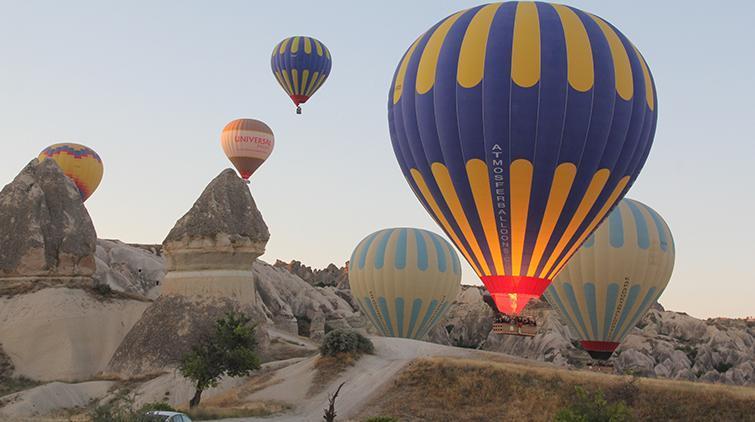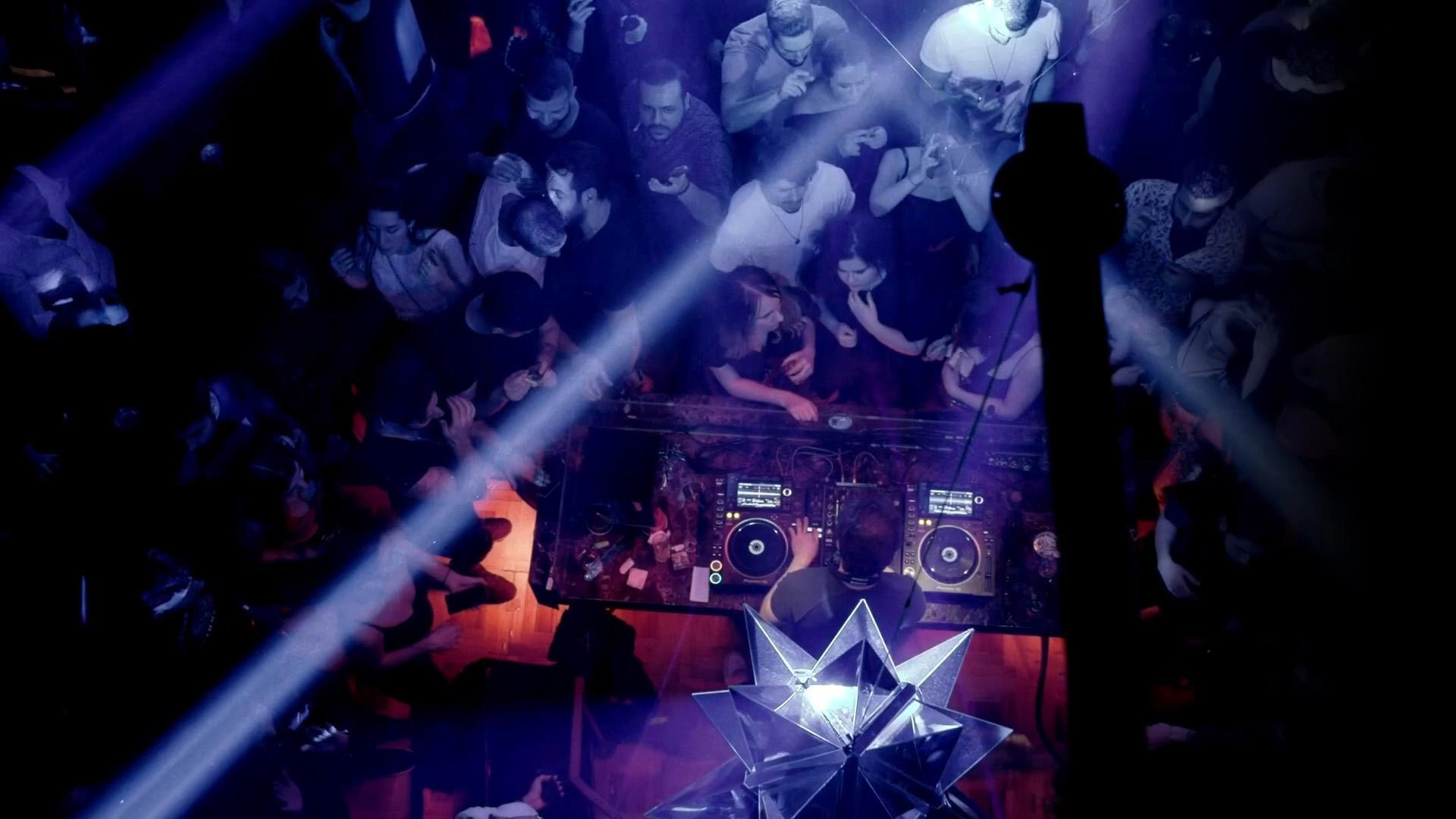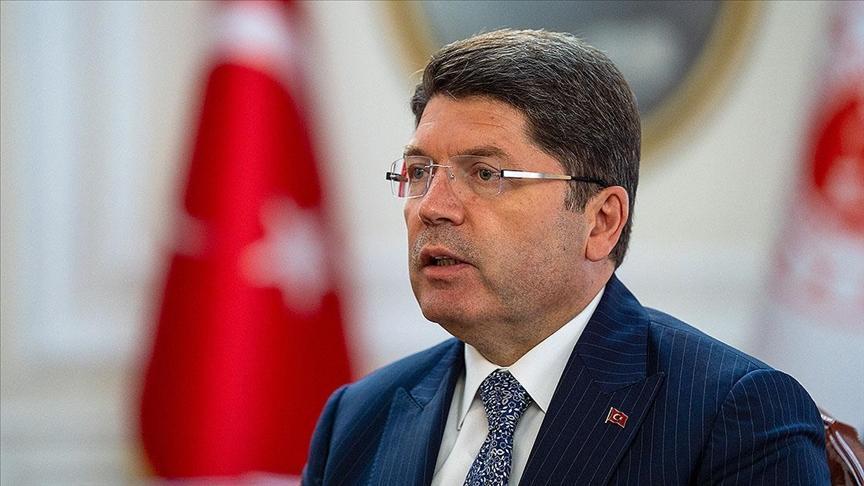Ministry aims to add more assets to UNESCO heritage list
ANKARA

The Culture and Tourism Ministry aims to increase the number of Türkiye’s assets on UNESCO World Heritage List, Minister Mehmet Nuri Ersoy has said.
“We increased the number of assets in Türkiye’s UNESCO World Heritage List, which was nine in 2002, to 19,” Ersoy said at the parliament’s budget and planning commission.
“We aim to increase this number to 21 in 2023,” he added.
Cappadocia, a historical region known for fairy chimneys, formed with sedimentary rocks and ignimbrite deposits that erupted from ancient volcanoes some three to 9 million years ago, is preserved as a UNESCO World Heritage site.
The region is also prominent for its unique volcanic cones, valleys, underground cities, boutique hotels and houses carved into the rock, as well as its churches, chapels and shelters used by early Christians fleeing the Roman Empire.
Pamukkale, meaning “cotton castle” in Turkish, a natural site famous for a carbonate mineral left by the flowing of thermal spring water, is also on the UNESCO World Heritage List.
Famous for its white travertines, ancient pool and the ancient city of Hierapolis, Pamukkale draws hundreds of thousands of visitors annually.
Mount Nemrut, a 2,134-meter-high mountain notable for the Hierotheseion (temple-tomb and house of the gods) built by the late Hellenistic King Antiochos I of Commagene (69-34 B.C.) as a monument to himself, is also among the country’s assets in UNESCO World Heritage List.
Giant heads, weighing in at 6 tons are a full 10 meters tall, built in the look-out over an incredible sunrise and sunset every day.
Türkiye is one of the countries that carry out the most archaeological studies in the world, the minister also stressed. The number of archaeological excavations and researches in Türkiye is 680, he informed.
“An average of 5,500 artifacts are brought to our museums annually thanks to our archaeological excavations.”
The ministry plans to allocate resources of around 200 million Turkish Liras for archaeological excavations, he said. “As of the end of this year, we host a total of 3.3 million works in our museums.”
Ersoy also pointed out that between 2002 and 2022, more than 9,000 cultural assets were returned to the country.
Lastly, the items of unique historical heritage, including the human-sized bronze statue of the Roman Emperor Lucius Verus and the columnar sarcophagus fragments from the ancient city of Perge in Antalya, were returned to Türkiye from the United States.
Six artifacts, including nine pieces, which were taken from two different auction houses and a collector in the U.S., were taken under protection in the Antalya Museum.
















